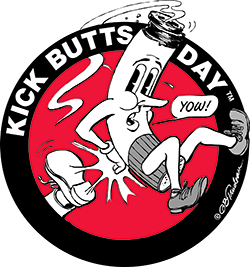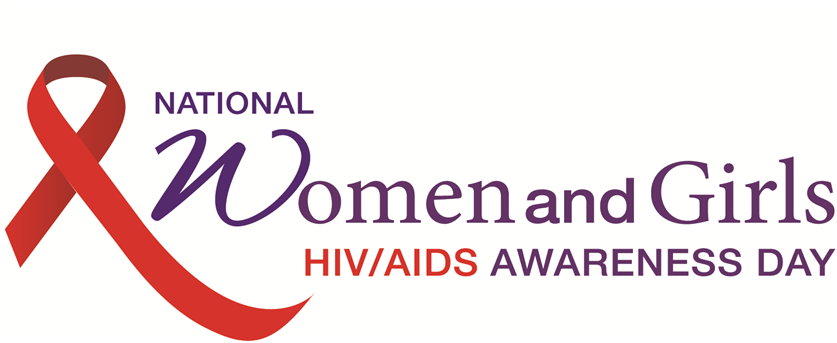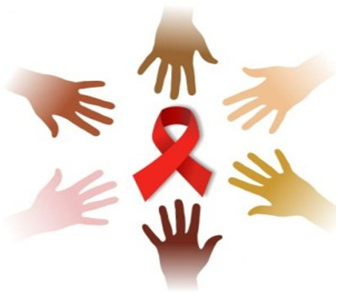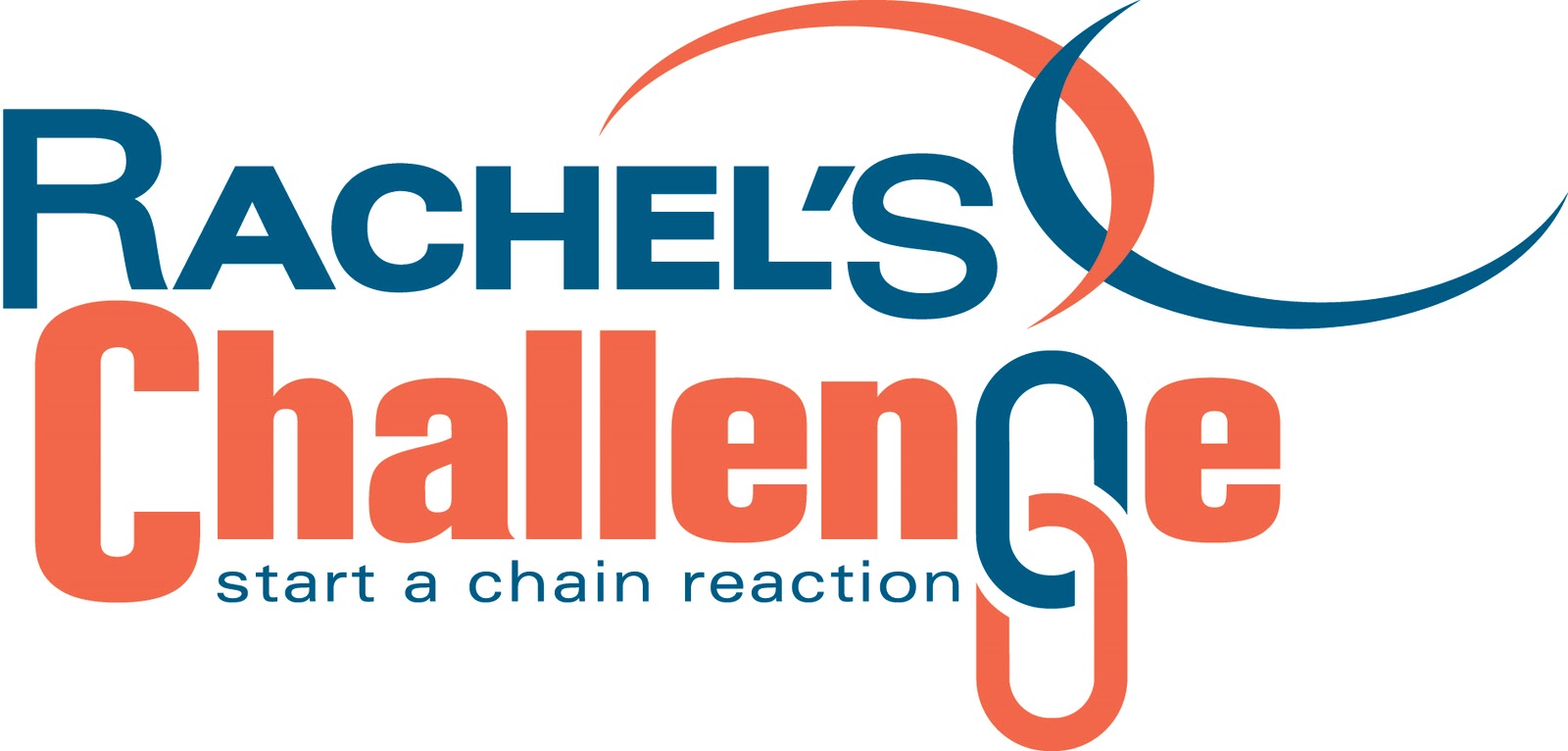Blog
National Prevention Week "I Choose" Project share
Participating is easy – take a photograph of yourself holding a sign with your personal message about why substance abuse prevention or mental health is important to you. For example, you could write “I choose prevention because I want to be healthy and happy.” Or you could include “I choose treatment…” or another “I choose” statement, such as “I choose not to give up because things do get better.”
Send your photo to [email protected](link sends e-mail). In the email, also include:
- Name(s) of people in the photo
- Organization (if applicable)
- State or territory
- ZIP code
- The “I Choose” message displayed in the photo.
After receiving your submission, SAMHSA will review and post your photo to the “I Choose” photo gallery(link is external)*



Warning Signs of Underage Drinking share
Warning Signs of Underage Drinking
According to the National Institute of Health: Adolescence is a time of change and growth, including behavior changes. These changes usually are a normal part of growing up but sometimes can point to an alcohol problem. Parents and teachers should pay close attention to the following warning signs that may indicate underage drinking:
- Changes in mood, including anger and irritability
- Academic and/or behavioral problems in school
- Rebelliousness
- Changing groups of friends
- Low energy level
- Less interest in activities and/or care in appearance
- Finding alcohol among a young person’s things
- Smelling alcohol on a young person’s breath
- Problems concentrating and/or remembering
- Slurred speech
- Coordination problems
Treating Underage Drinking Problems
Some young people can experience serious problems as a result of drinking, including alcohol use disorder. These problems require intervention by trained professionals. Professional treatment options include:
- Seeing a counselor, psychologist, psychiatrist, or other trained professional
- Participating in outpatient or inpatient treatment at a substance abuse treatment facility or other licensed program
For more information, please visit: NIH
April is Alcohol Awareness Month share
The Role Parents Play
According to the National Institute for Health: Parents and teachers can play a big role in shaping young people’s attitudes toward drinking. Parents in particular can have either a positive or negative influence.
Parents can help their children avoid alcohol problems by:
- Talking about the dangers of drinking
- Drinking responsibly, if they choose to drink
- Serving as positive role models in general
- Not making alcohol available
- Getting to know their children’s friends
- Having regular conversations about life in general
- Connecting with other parents about sending clear messages about the importance of not drinking alcohol
- Supervising all parties to make sure there is no alcohol
- Encouraging kids to participate in healthy and fun activities that do not involve alcoholResearch shows that children whose parents are actively involved in their lives are less likely to drink alcohol. On the other hand, research shows that a child with a parent who binge drinks is much more likely to binge drink than a child whose parents do not binge drink.
For more information please visit NIH.
National Poison Prevention Week March 20-26, 2016 share
 National Poison Prevention Week, March 20-26, 2016, is a week nationally designated to highlight the dangers of poisonings and how to prevent them. Every day people can and do prevent poisonings. We invite you to review the information on this site and become actively involved in helping ensure the safety of children and adults in your home and your community.
National Poison Prevention Week, March 20-26, 2016, is a week nationally designated to highlight the dangers of poisonings and how to prevent them. Every day people can and do prevent poisonings. We invite you to review the information on this site and become actively involved in helping ensure the safety of children and adults in your home and your community.
What is a Poison?
A poison is anything that can harm someone if it is:
- used in the wrong way,
- used by the wrong person, or
- used in the wrong amount.
Some poisons may be harmful if they come into direct contact with your eyes or skin. Others may be toxic if you breathe them or swallow them. Poisons can come in four forms: solids (such as pain medicine pills or tablets), liquids (such as household cleaners, including bleach), sprays (such as spray cleaners) and gases (such as carbon monoxide, or CO).
Most consumer products are safe if label directions are followed, but some can be poisonous if used incorrectly.
Examples of poisons include:
- Alcohol
- Carbon monoxide (CO) gas
- Medicines, such as prescription (painkillers, iron pills), over-the-counter (cough and cold medicines), and illegal drugs (cocaine, heroin)
- Food supplements, such as vitamins, minerals, and herbal products
- Personal care products, such as nail polish and nail polish remover, cologne, aftershave, deodorant, mouthwash, hydrogen peroxide, makeup, soap, contact lens solution, lotion, baby oil, and diaper rash products
- Household and automotive chemicals or products, including bleach, laundry or dish detergent, furniture polish, cleanser, drain and toilet bowl cleaner, antifreeze, gasoline, paint, varnish, bug and weed killers
- Other household items (batteries, lighter fluid, alcohol, cigarettes)
- Plants, including many house plants, outdoor plants, and mushrooms
- Bites and stings, including scorpion, wasp, and bee stings, as well as snake and spider bites
- Hazardous chemicals at work and in the environment
One way to help prevent poisons is to lock up your medication in your home and to properly dispose of any unused and expired medication at a permanent drop box. Click here to find a drop box near.
Don’t Guess. Make the Call.
- Call Poison Help (1-800-222-1222), which connects you to your local poison center, if someone may have been poisoned – even if you’re not sure.
- Stay calm – most poisoning emergencies can be resolved quickly.
- Call 9-1-1 if the person is unconscious or has trouble breathing.
For more information on poison prevention please visit the Safe Kids website.
Semana Nacional de Prevención de Intoxicación y Envenenamiento Marzo 20-26, 2016 share
La Semana Nacional de Prevención de Intoxicación y Envenenamiento, la tercer semana de marzo cada año, es una semana designada para destacar los peligros de envenenamiento y como prevenirlo. Sin embargo, todos los días podemos prevenir envenenamiento. Los invitamos a revisar la información en este sitio y ponerse más activo en la seguridad de los niños y adultos en su hogar y en su comunidad.
Qué es una sustancia tóxica?
Una sustancia tóxica es cualquier producto que pueda causarle daño a una persona
- si se usa de manera indebida;
- si lo usa la persona equivocada; o
- si se usa en la cantidad incorrecta.
Algunas sustancias tóxicas pueden causar daño si entran en contacto con la piel o los ojos. Otros tóxicos pueden ser perjudiciales si se inhalan o se ingieren. Hay cuatro tipos de sustancias tóxicas: sólidos (tales como tabletas o pastillas médicas), líquidos (tales como limpiadores de uso doméstico, incluyendo la lejía), aspersores (tales como limpiadores) y gases (tales como el monóxido de carbono).1
La mayoría de los productos de consumo son seguros si se siguen las instrucciones; algunos pueden ser tóxicos si se utilizan incorrectamente.
Cuáles son las diferentes modalidades de las sustancias tóxicas?
Hay cuatro tipos de sustancias tóxicas: sólidos (tales como tabletas o pastillas médicas), líquidos (tales como limpiadores de uso doméstico, incluyendo la lejía), aspersores (tales como limpiadores) y gases (tales como el monóxido de carbono).
Algunos ejemplos de sustancias tóxicas incluyen las siguientes:
- Alcohol
- Monóxido de carbono (CO)
- Medicamentos con y sin receta médica y fármacos ilícitos (medicamentos para el dolor, medicamentos para el resfrío y la tos, cocaína)
- Suplementos vitamínicos, minerales y productos a base de hierbas
- Productos de higiene y uso personal, tales como esmalte para uñas, removedor de esmalte, colonia, loción para después de afeitarse, desodorante, enjuague bucal, agua oxigenada, maquillaje, jabón, solución para lentes de contacto, loción, aceite para bebé, productos para la pañalitis
- Productos químicos utilizados en el hogar, incluyendo lejía, detergentes, aceites para pulir muebles, productos de limpieza, limpiadores de drenajes e inodoros, anticongelantes, gasolina, pintura y barniz
- Plantas, incluyendo muchas plantas para el hogar y hongos
- Mordeduras y picaduras, incluyendo mordeduras de serpiente, picaduras de araña, escorpión, avispa y abeja
- Productos químicos peligrosos en el lugar de trabajo y en el medio ambiente.
No adivine. Haga la llamada
- En caso de que alguien que conoce se ha intoxicado o envenenado, incluso si es sólo una sospecha, llame a Poison Help (1-800-222-1222) para contactar con su centro de control de intoxicación y envenenamiento local.
- Permanezca tranquilo – la mayoría de las emergencias por intoxicación pueden resolverse rápidamente.
- Llame al 911 si la persona se ha desmayado o tiene problemas para respirar.
Kick Butts Day share
El 16 de marzo, 2016 es “Kick Butts Day” (KBD). KBD es un día nacional de activismo para empoderar los jovenes a destacarsen y oponersen contra el “Big Tobacco”, la industria del tabaco. Cada año más de 1,000 eventos son celebrados en las escuelas y comunidades de los Estados Unidos y otros lugares del mundo.
En el día de “Kick Butts Day” maestros, líderes jovenes, y defensores de la salúd organizan eventos para:
- Dar a conocer el problema del uso de tabaco en su estado o comunidad
- Promover que los jovenes rechazen la publicidad engañosa de la industria de tabaco y siguan libre de fumar y
- Recomendarles a los oficiales elegidos a tomar medidas para proteger los jovenes del tabaco.
Kick Butts Day es organizado por el Campaign for Tobacco-Free Kids (la Campagna para Jovenes Libre de Tabaco). El primer evento de Kick Butts Day ocurrió en 1996.
For more information click here.
Kick Butts Day share
Kick Butts Day is a national day of activism that empowers youth to stand out, speak up and seize control against the tobacco industry. Kick Butts Day is March 16, 2016 and more than 1,000 events will be taking place in schools and communities across the United States and even around the world.
On Kick Butts Day, teachers, youth leaders and health advocates organize events to:
- Raise awareness of the problem of tobacco use in their state or community;
- Encourage youth to reject the tobacco industry’s deceptive marketing and stay tobacco-free; and
- Urge elected officials to take action to protect kids from tobacco.
WHY IS KICK BUTTS DAY IMPORTANT?
“We have made great strides in the fight against tobacco. But every day, more than 3,000 kids under 18 try smoking for the first time and 700 kids become new regular, daily smokers. Tobacco use is still the leading cause of preventable death in the U.S., killing more than 480,000 people every year.
By getting involved in Kick Butts Day and other activities, America’s youth can raise awareness about the tobacco problem, encourage peers to be tobacco-free and support effective solutions to reduce tobacco use”
Kick Butts Day is organized by the Campaign for Tobacco-Free Kids. The first Kick Butts Day was held in 1996.
Please click here for more information.
National Women and Girls HIV/AIDS Awareness Day share
The 11th National Women and Girls HIV/AIDS Awareness Day is on March 10th, 2016. The purpose of the observance is to raise awareness of the impact of HIV/AIDS on women and girls.
- Women represent nearly 1 in 3 newly reported cases of HIV infection in the US.
- Two of every three women with HIV is African American.
- An estimated 88% of women who are living with HIV are diagnosed, but only 32% have the virus under control.
- Most new HIV infections in women are from heterosexual contact (84%).
- De los aproximadamente 251,700 latinos que viven con VIH, solo 35% recibe atención médica.
Protect yourself!
Get tested!
HIV shouldn’t have to be a
part of your life.
Call today to get tested…it’s free…910-202-3860
El Día Nacional de Concientización sobre el VIH/SIDA en las Mujeres y Niñas share
El Día Nacional de Concientización sobre el VIH/SIDA en las Mujeres y Niñas es el 10 de marzo, 2016. El propósito de esta día es dar a conocer el impacto que tiene el VIH/SIDA en mujeres y niñas.
- Los hispanos representan 21% de las personas que viven con VIH (251,700) en los EE.UU.
- Uno de cada 50 hispanos recibirá un diagnostic de VIH en algún momento de su vida
- El índice de nuevas infecciones por VIH entre las mujeres hispanas supera más de 4 veces que las mujeres de raza blanca
- Muy pocos latinos que viven con VIH reciben la atención y el tratamiento que necesitan
- De los aproximadamente 251,700 latinos que viven con VIH, solo 35% recibe atención médica

íProtégase!
íRealícese la prueba!
El VIH no tiene por qué ser parte de su vida.
Llame hoy para hacerse la prueba…es gratis…910-202-3860
El Día Nacional de Concientización sobre el VIH/SIDA en las Mujeres y Niñas
Rachel's Challenge share
“I HAVE THIS THEORY THAT IF ONE PERSON CAN GO OUT OF THEIR WAY TO SHOW COMPASSION, THEN IT WILL START A CHAIN REACTION OF THE SAME. PEOPLE WILL NEVER KNOW HOW FAR A LITTLE KINDNESS CAN GO.” Rachel Joy Scott
Rachel’s Challenge is based on the life and writings of Rachel Joy Scott, the first victim of the Columbine school shootings in 1999. Rachel’s Challenge is a national non-profit organization that provide sustainable, evidence-based framework to equip and inspire individuals to replace acts of violence, bullying, and negativity with acts of respect, kindness, and compassion.
Every year:
- Over 1.5 million people are involved in Rachel’s Challenge programs.
- More than 1,200 schools and businesses are reached.
- Over 150 suicides are averted.
- Bullying and violence decrease.
- Community service and acts of kindness increase.
Brunswick, New Hanover & Pender County have brought Rachel’s Challenge into several of their middle and high schools. Please contact your local school to see if there is a Friends of Rachel (FOR) club in your area.
For more information on Rachel’s Challenge, please visit www.rachelschallenge.org.







